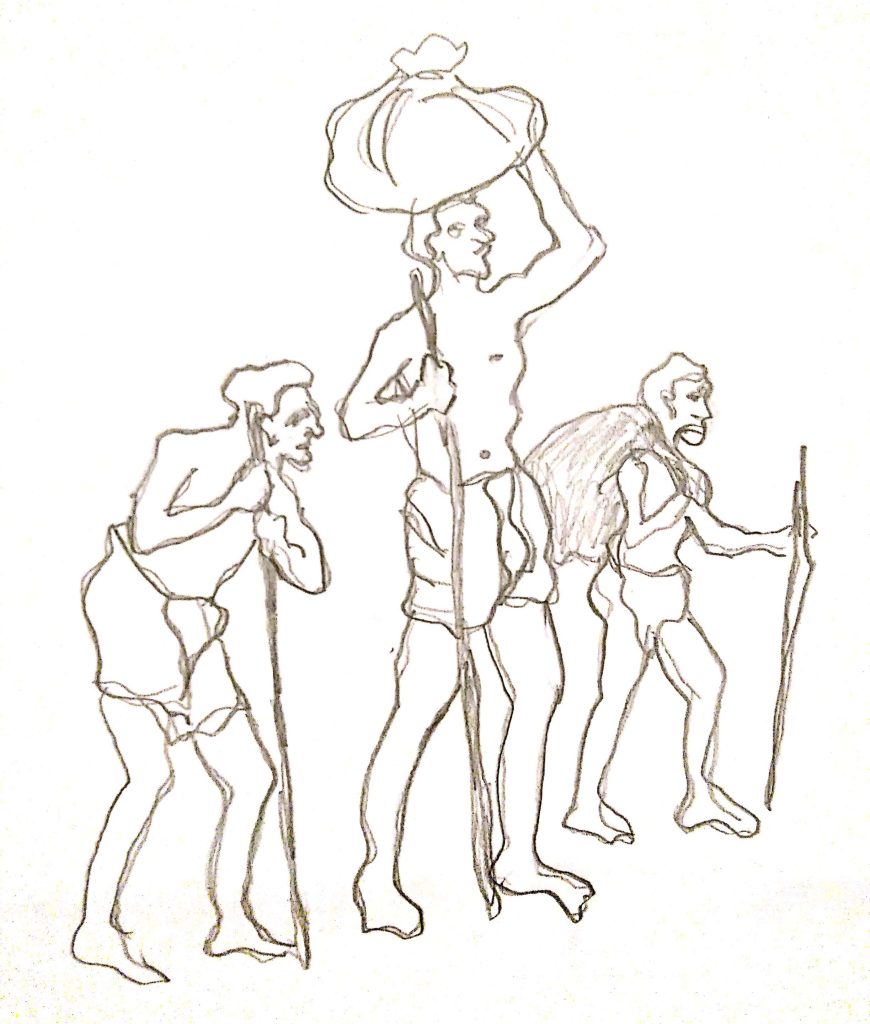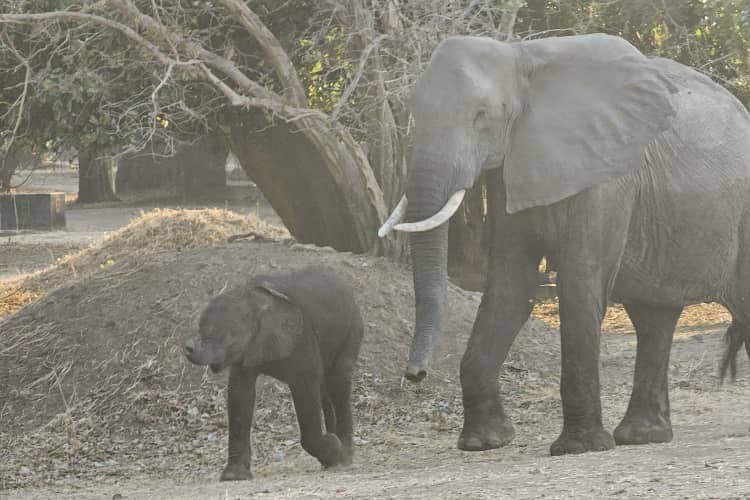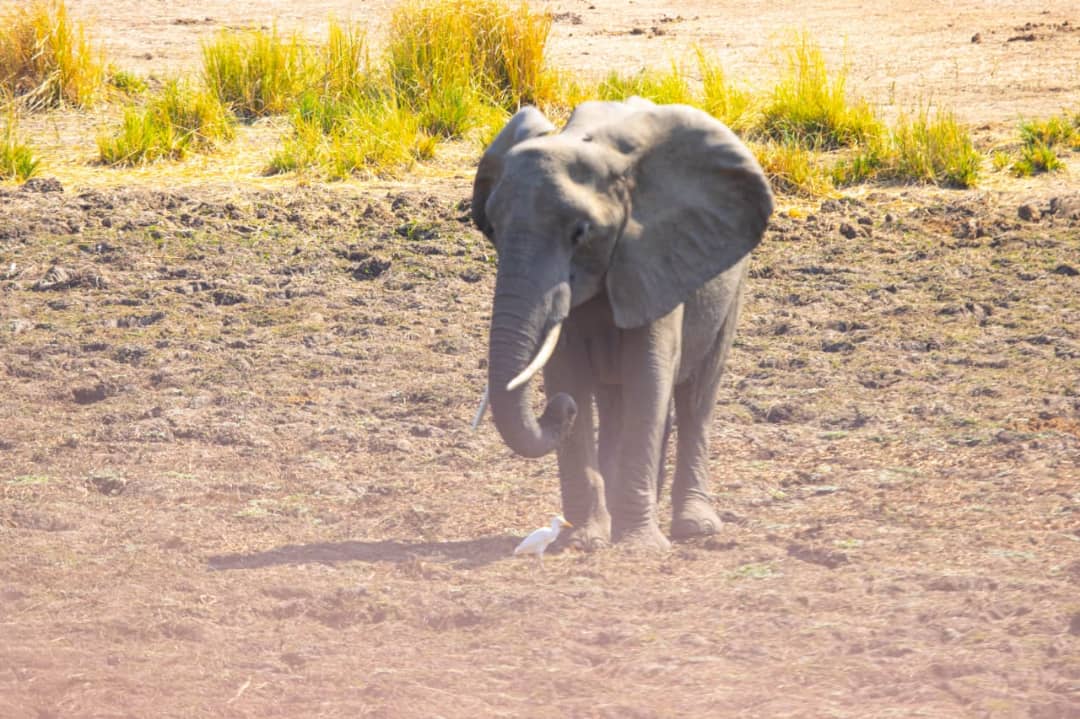O Level students took their History exams over the past few weeks. One of my readers reached out, feeling frustrated after her first paper. One of the questions asked:
‘What are the limitations of using linguistics as a source of history?‘
She wasn’t quite sure how to answer. When she had asked her teacher for guidance last term, the response had simply been: ‘Do your own research.‘
That answer from the teacher wasn’t wrong, it encouraged independent thinking, and perhaps, in a way, invited her to think like a linguist uncovering the past.
As I reflected on this, I thought: if I were teaching this, I’d start by sparking curiosity with storytelling and a bit of fun. I’d ask learners to imagine what a linguist in the future might think about our world today.
When future linguists study us
Imagine a linguist 1,000 years from now trying to reconstruct 21st-century life — using our digital language, the same way linguist Koen Bostoen used pottery vocabulary.
Their clues might come from words like ‘selfie,’ ‘hashtag,’ or ‘streaming,’ and symbols like emojis.
They’d likely reason:
‘If ‘😂’ appears everywhere, laughter must have been central to their emotional life.’
But they’d face the same traps Bostoen described:
- Semantic drift: The ‘😂’ emoji once meant laughter, then sarcasm, then mockery.
- Borrowing and diffusion: Viral memes and slang spread so fast that ‘ownership’ is almost impossible to trace — similar to how, in ancient languages, some words were shared so much between groups that it’s hard to know if they were borrowed or inherited.
Our future linguist would need cultural context — screenshots, social commentary, and oral explanations — to avoid false conclusions.
That’s exactly what two lingusts whose work i looked into – Bostoen and Devy, warn against: words alone never tell the full story.
What linguistics is (and isn’t)
Linguistics — especially historical linguistics — helps historians trace how languages evolve, spread, and connect groups of people. It examines how words change over time, how languages influence one another, and what these patterns reveal about contact and movement between communities.
For instance, similarities between Bantu languages across Africa suggest a common origin and help reconstruct migration routes that stretch back thousands of years.
But linguistics isn’t the same as oral tradition, which deals with stories, songs, and proverbs passed down through generations — cultural memory, not just language structure. Linguistics focuses on the words themselves: their roots, shifts in meaning, and relationships to other words.
This distinction matters. Linguistic evidence can show how people might have interacted or migrated, but not always why they did, what they believed, or how they lived.
Why linguistics matters
Koen Bostoen, whom I mentioned ealier, and another linguist, G.N. Devy, offer different but complementary perspectives on why linguistics is such a valuable tool for understanding history
Both highlight that language is one of the few tools we have to reconstruct Africa’s and humanity’s deep past — especially where written records are scarce.
Linguistics helps us uncover traces of history through:
- Tracing migrations: Related words for ‘millet’ or ‘iron’ across distant regions hint at trade and technological exchange.
- Reconstructing lost knowledge: Comparing words across languages shows which groups interacted or shared ideas.
- Revealing cultural contact: Loanwords show where communities influenced one another.
- Preserving environmental memory: Words for plants, tools, and rituals can outlast the practices themselves.
In his lecture India as a Linguistic Civilisation, Devy describes language as a living civilisation — a record of human imagination, migration, and memory. By studying language areas, shared vocabulary, and sound patterns, we can read history not just from kings and battles, but from how people actually spoke, traded, and thought.
Bostoen, in his paper Linguistics for the Use of African History and the Comparative Study of Bantu Pottery Vocabulary, applies this idea to Africa. He treats language as a ‘detective’ that helps fill gaps left by archaeology and oral history.
How linguistics reveals ancient life

Bostoen outlines two main methods:
1. Tracking where people went (linguistic classification)
By classifying 400–600 Bantu languages, scholars trace how ancient speakers of Proto-Bantu spread from their cradle near the Cameroon–Nigeria border. The way these languages diversified over time reveals ancient migration routes and contact zones.
Note: Proto-Bantu is the ‘original’ language from which all Bantu languages, like Shona, Zulu, and Swahili, came. No one wrote it down—it’s guessed by comparing words and sounds in today’s languages.
2. Finding what people owned (the words-and-things method)
If a word can be reconstructed in the ancestral language (Proto-Bantu), it suggests that the thing it described existed in that culture.
For example, pottery-related vocabulary provides clues to early technology — since ceramics are durable and reflect long-standing communal traditions.
But language alone has its limits
Language without culture can mislead. Words survive long after the practices they describe have vanished, and their meanings shift with time.
Linguistics as a historical source faces several limitations:
- Semantic drift: Words change meaning over generations.
- Incomplete records: Oral languages leave few ancient traces.
- Context dependence: Cultural meanings can’t be read from grammar alone.
- Misinterpretation risk: Without context, even scholars may misunderstand.
- Need for corroboration: Linguistic data works best alongside archaeology, genetics, and oral traditions.
Bostoen’s caution: The pitfalls of language evidence
Bostoen warns that linguistic evidence can easily mislead when used in isolation. His pottery case studies show two major dangers:
1. Meanings evolve (semantic drift)
The verb root -bʊ̀mb- (in Shona it is -umb-) today means ‘to mould pottery’ in many Savanna Bantu languages, but in older Forest Bantu languages it meant ‘to mould in clay’ or ‘to heap up earth.’
Assuming the pottery meaning was original would create a false historical picture — because that specialization likely developed later.
2. Words can be borrowed, not Inherited (lexical copies)
The noun -bígà (‘earthen pot’) appears widely across Bantu languages. Yet irregular sound patterns suggest borrowing rather than inheritance. Bostoen calls this osculance. Osculance is a term linguists use when contact between languages is so close that it becomes difficult to tell whether similar words indicate a shared ancestry between the languages or are the result of borrowing from one language to another.
His conclusion? Linguistics is powerful, but only when cross-checked with archaeology and cultural evidence to avoid ‘oversimplified and hence false historical conclusions.’
A Shona example: Nzou haikarari ina makaka

Consider this Shona proverb:
Nzou haikarari ina makaka.
Karara: ‘to cough up phlegm.’
Gaka (pl. makaka): ‘sleeping bag made from elephant intestines,’ as defined in The Standard Shona Dictionary by S.J. Hannan, first published in 1959.
A leading textbook on Shona proverbs, Tsumo – Shumo by Hamutyinei and Plangger, first published in 1987 by Mambo Press, translates the proverb as ‘An elephant with calves does not cough up phlegm,’ a rendering that fits neither the literal meaning nor the moral lesson.
Using the old dictionary definition, the literal translation reads:
‘An elephant avoids coughing violently when it has intestines that could be used as sleeping bags.‘
The lesson: those who possess something valuable must act with restraint — to protect what they have and avoid attracting unwanted attention.
The ‘nursing elephant’ version likely emerged after the cultural reference to gaka was forgotten, and some may have confused makaka with mukaka (milk). To learn more, I asked elders from elephant-rich regions — none remembered such sleeping bags, or even knew the word. Whether real or symbolic, gaka preserves a faint linguistic trace of a lost practice.
This shows that linguistics can trace word origins and forms (e.g. gaka → makaka) and even preserve knowledge of certain practices. Over time, however, as the practices are forgotten, the words may shift in meaning or disappear altogether.
Lessons for us
- Words are traces of culture: Language encodes memory, practice, and ethics.
- Linguistics alone is limited: Grammar and vocabulary need cultural interpretation.
- Oral tradition preserves context: Proverbs and stories bring words to life.
- Research deeply: True understanding lies where linguistics, archaeology, and culture meet.
Closing thought
Using linguistics without cultural knowledge is like reading a map without landmarks — the words are there, but the meaning is lost.
Nzou haikarari ina makaka reminds us that language can outlive the culture that birthed it. But only when we listen to both words and memory, the science and the story, do we recover the full voice of history.

